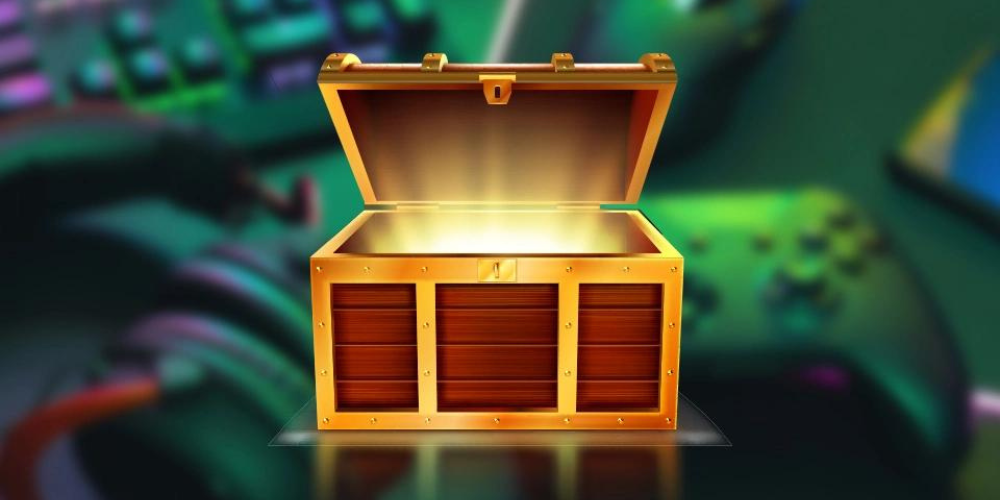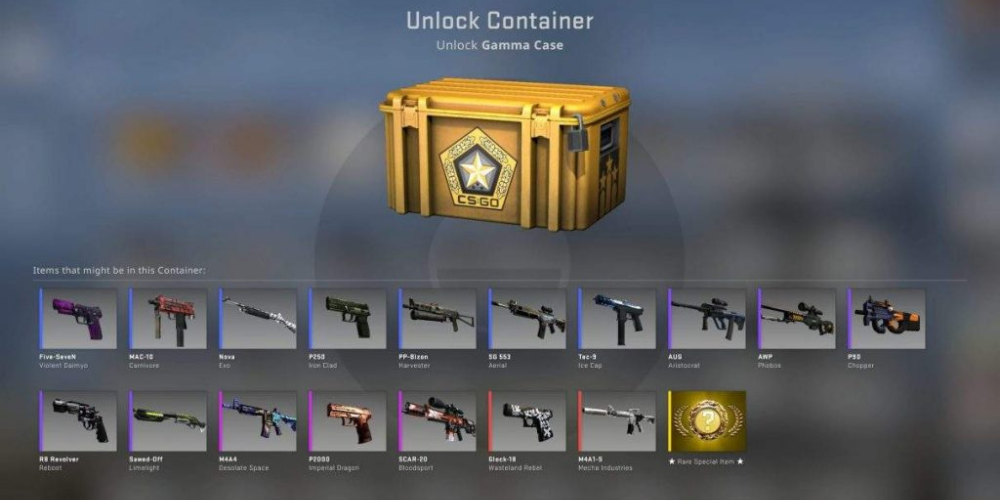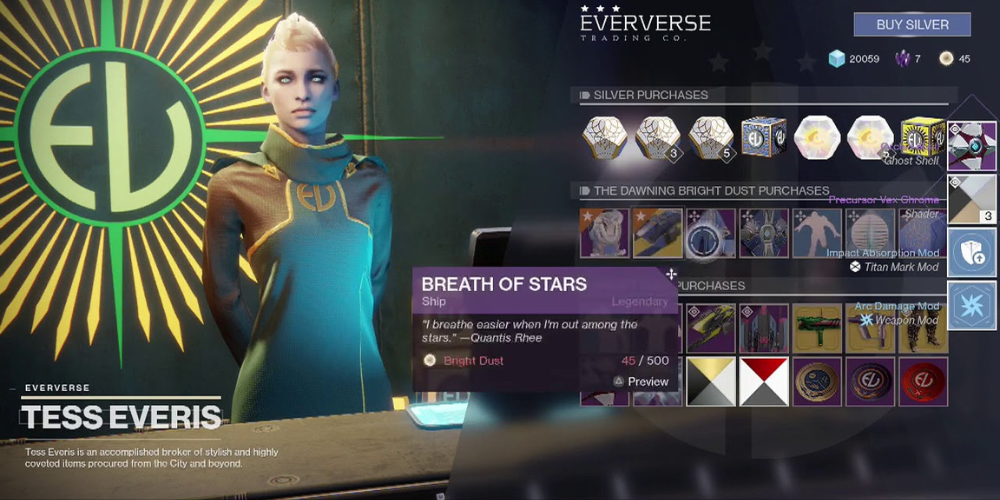From Loot Boxes to Battle Passes: The Evolution of In-Game Monetization Models
- Jun 24, 2024
- 0

The Rise of Loot Boxes
The gaming industry underwent a significant transformation with the introduction of loot boxes. These virtual items, which players could purchase using real currency, promised the thrill of obtaining valuable or rare in-game assets. While the concept gained traction for its lucrative potential, it also drew criticism. Players felt the system promoted a "pay-to-win" approach, where spending more money could yield competitive advantages.
Microtransactions: Small Yet Significant
Following the success of loot boxes, developers began exploring other microtransaction models to diversify revenue streams. Cosmetic items, such as skins and character outfits, became popular purchases. Unlike loot boxes, these items had predetermined appearances, allowing players to buy exactly what they wanted. This approach helped diminish some stigma around random rewards, fostering a user experience centered on personalization and expression.

Subscription Models: Early Experiments
Ahead of their time, subscription models aimed to provide an alternative method of monetization. For a monthly fee, players received exclusive access to game modes, content updates, and premium features. While some gamers appreciated the continuous flow of content, others resisted the recurring costs, making these models less widespread during their early introduction.
Battle Passes: A Game-Changer
The introduction of Battle Passes revolutionized in-game monetization strategies. Breaking away from the randomness associated with loot boxes, Battle Passes offered clear and tangible rewards upon completing in-game objectives. Players could unlock tiers of exclusive content through consistent gameplay, effectively blending engagement with spending. This model not only balanced the playing field but also respected players' investments of time and money.
Community Feedback and Regulation
Community feedback and regulatory pressures significantly drove the shift from loot boxes to Battle Passes. Many regions began scrutinizing loot boxes for possible associations with gambling, leading to legislative actions. Game developers, attentive to such issues, pivoted towards more transparent and user-friendly approaches like Battle Passes. This mutation stemmed from a commitment to preserving player trust and adhering to ethical standards.

The Future of In-Game Monetization
As gaming continues to evolve, so too will its monetization strategies. The future likely holds innovations that prioritize player satisfaction while generating sustainable revenue. Whether it's through enhanced customization options or subscription-based models that offer unrivaled content, developers are poised to find the optimal balance between profitability and player enjoyment.
Bottom Line
In conclusion, the landscape of in-game monetization has seen notable shifts, from the random rewards of loot boxes to the structured and transparent Battle Pass systems. This evolution has been driven by community feedback, regulatory actions, and a growing emphasis on player experience. As the gaming industry continues to innovate, the focus remains on finding monetization models that engage players without compromising fairness or enjoyment.